 Tension is a beautiful thing in fiction. It’s so subtle that readers (and often writers!) don’t realize its presence on the page, but trust me, it’s pull is powerful. It’s the stuff of page-turners, what keeps readers on the edge of their seats and awake until 2am. It’s one of the greatest tools you can wield as a writer.
Tension is a beautiful thing in fiction. It’s so subtle that readers (and often writers!) don’t realize its presence on the page, but trust me, it’s pull is powerful. It’s the stuff of page-turners, what keeps readers on the edge of their seats and awake until 2am. It’s one of the greatest tools you can wield as a writer.
Last week, we talked about how conflict, tension, and plot all relate to one another, and how they function in a story. Today, we’re going to narrow our focus and explore how you can make tension a force to be reckoned with in your novel.
Because a story without tension, well…that’s not a story that thrills readers. And you want your story to be a thrill ride, yes? (Hint: Of course you do!)
What is Tension?
Tension is the anticipation of what will happen next in a story. It’s driven by the reader’s concern for the characters and/or their curiosity to know the outcome of a conflict. Conflict is the clash between two opposing sides; it is the foundation of your story, and it is from conflict tension arises.
For example, in Suzanne Collin’s The Hunger Games, the conflict begins when Katniss takes Prim’s place to fight in the games. Katniss doesn’t want to fight, but the rules of her society leave her with no choice. Thus, a conflict is created between her personal morals and desires and her society’s laws, which is played out in the arena.
The tension of the story arises from the reader’s anticipation of whether or not Katniss will survive the games. This is driven by both concern for the character and curiosity to know the outcome of the conflict.
Why is Tension Important to Story?
Tension is the “secret ingredient” that keeps readers turning pages. A story without tension is lifeless. It drags on and on until the reader can’t stand the boredom a moment longer and casts it aside.
And in that moment an author’s worst nightmare is created. So many writers fear people reading their story, but you know what’s worse, what you should really be afraid of? Writing a story that doesn’t get read all the way through. *Cue screams of writerly horror*
That doesn’t have to be your novel’s fate, friend! Let’s avoid that dreaded scenario and dig into some strategies for creating tension that will help carry your readers from page one all the way to The End.
1. Tell Your Characters “No”
One easy way to create tension is to avoid giving your characters what they want. I know we love our characters, but as an author you have to be mean to them. Which can be hard. It’s tempting to grant them their every desire like a spoiled child, but if you do you’ll end up with a dull story.
Ask yourself: What does my hero want? Does he want to win the heart of the girl? To study at a prestigious college? To avenge his friend’s murder? To buy his own boat so he can sail the world? Whatever his goal or desire, throw as many obstacles and complications into his plans as you can to keep him from getting it. This will leave your readers to wonder whether or not he will be able to succeed, thus creating tension.
2. “What’s the Worst That Could Happen?”
If your suspicions weren’t already confirmed with the above tip, allow me to elaborate: your job as an author is to make your characters’ lives miserable. Which can be fun sometimes, in a sadistic sort of way. Whatever situation you put your characters in, ask yourself what you can do to make it worse.
For example:
Let’s say Tom is on his way to his first date with the cute girl he just asked out. But on the way there his car gets a flat. He tries to call for help, but he realizes he forgot his phone at home.
He starts to walk, but then it begins to rain and his new suit gets soaked. He flags down a passing car and the driver offers him a lift.
But not long after, flashing blue lights appear behind them and the driver leads the police on a high-speed chase. Turns out the driver just robbed a bank, and when the cops catch up to him Tom is arrested by association. Needless to say, Tom is having a very bad day.
Getting the idea? This won’t be much fun for your character, but it’s fun for your reader! No one wants to read about how Tom went on a date and everything went fantastic. Yawn. Keep asking: How can I get my hero into trouble? How can I make this problem worse? How can I keep him from getting what he wants?
3. Create Flawed Worlds
Building flaws into your story’s world is a great way to create conflict and tension. The world in which we live isn’t perfect, and this should be reflected in your story.
 For example, in The Hunger Games the whole idea of a televised fight to the death between teens is morally wrong to us, but is accepted as normal within that society. When members of that society begin to rebel against the accepted norm, it creates tension.
For example, in The Hunger Games the whole idea of a televised fight to the death between teens is morally wrong to us, but is accepted as normal within that society. When members of that society begin to rebel against the accepted norm, it creates tension.
In The Mortal Instruments series, Cassandra Clare creates tension among characters by making the Shadowhunters and Downworlders hold prejudices against one another.
In Marissa Meyer’s Lunar Chronicles, cyborgs are outcasts and viewed as less than human in their society. This prejudice creates tension between the heroine Cinder, who happens to be a cyborg, and other characters in the story.
Know the issues of your story’s world. Not only does this give your world more depth and realism, but it presents you with more opportunities for conflict, which you can use to your advantage to create tension.
4. Agree to Disagree
You know what can make a story a snooze-fest really fast? When all of the characters are getting along. Everyone likes one another, and no one argues or disagrees. Everyone is happy and everything is peaceful. It’s a few fuzzy animals short of a Disney movie.
This is a danger-zone for your story! You must throw an apple of discord among your characters. (Preferably a poisoned one).
Sure in real life we want to avoid conflict and we want everyone to like us, but this makes for boring fiction! Remember, story is all about conflict. Characters are always more interesting when they’re not getting along.
So let your characters hate each other. Let them argue about how to solve the problem at hand. Let them squabble and disagree. Let them lie to each other, manipulate, or keep secrets. Your reader will thank you for it!
5. Raise the Stakes
Finally, one of the best ways to increase the tension in your story is to raise the stakes—the reward or consequence of your hero achieving or failing his goal.
For example, in The Hunger Games, the stakes for Katniss winning or losing the games is her life. Later in the book, the stakes are raised when it’s announced the Game Makers will allow two winners. Katniss’ reward for success has been increased because she now has the chance to save Peeta. She now has more to lose than just her own life.
Another example can be found in Cassandra Clare’s City of Bones. The villain, Valentine, captures Clary’s mother in the beginning of the book, and towards the climax he also captures Clary’s love interest, Jace. This raises the stakes because if Clary can’t find Valentine not only will she lose her mother, but she’ll also lose the boy she’s beginning to fall in love with.
When you raise the stakes of your story, you instantly increase the reader’s anticipation to find out what happens next.
 Of course, there are many other ways to create tension in your story than the few listed above. Be on the lookout for ways to create tension at every turn and you’ll be well on your way to creating a thrilling ride for your reader!
Of course, there are many other ways to create tension in your story than the few listed above. Be on the lookout for ways to create tension at every turn and you’ll be well on your way to creating a thrilling ride for your reader!
Need more ideas on how to create tension? My e-book “The Page-Turner Project” includes 36 ideas for creating tension, plus more tips. Click to check it out!
What’s your favorite way to increase the tension in your story? Share your thoughts below!











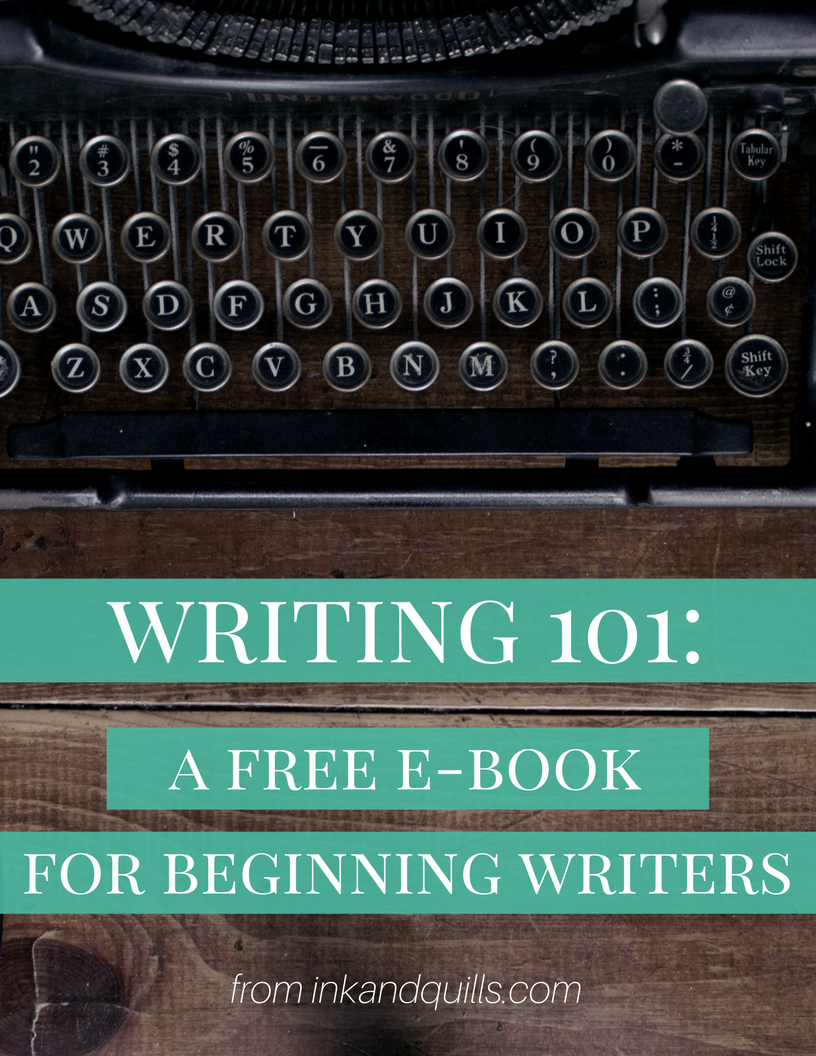

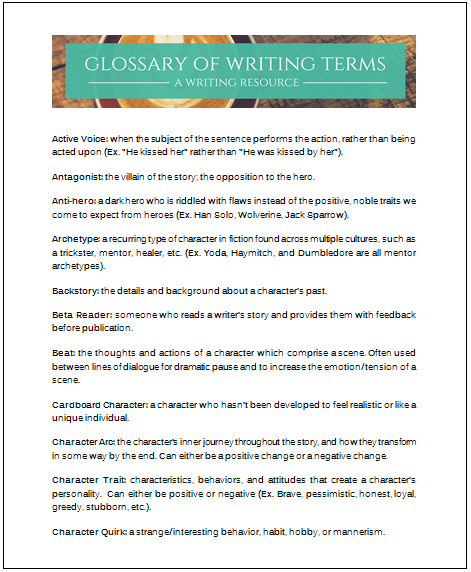

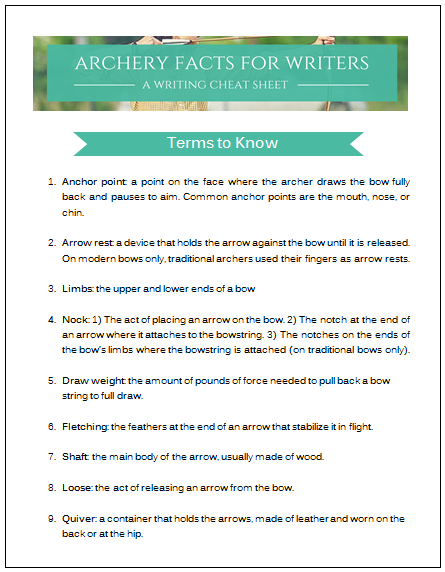



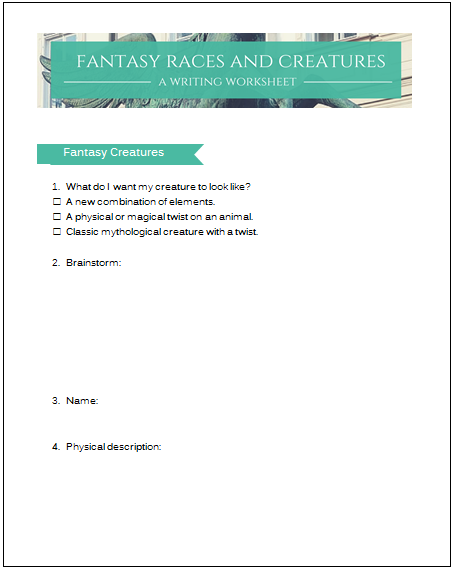


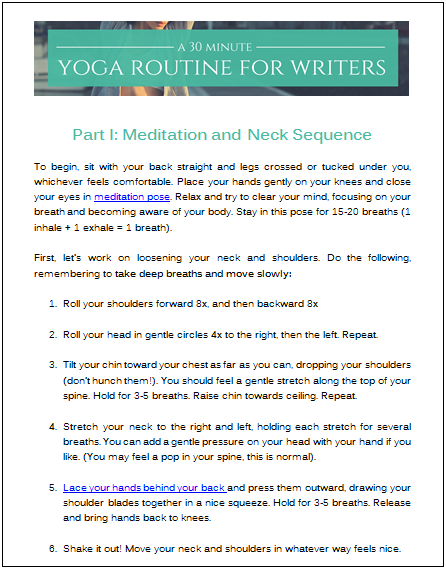
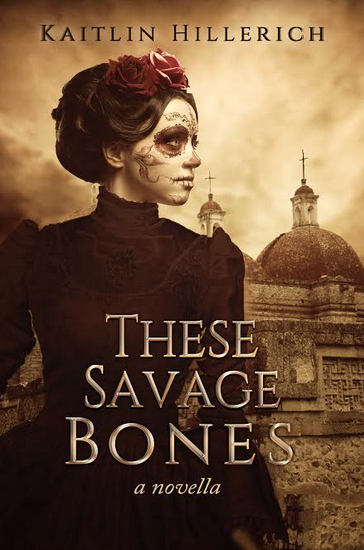
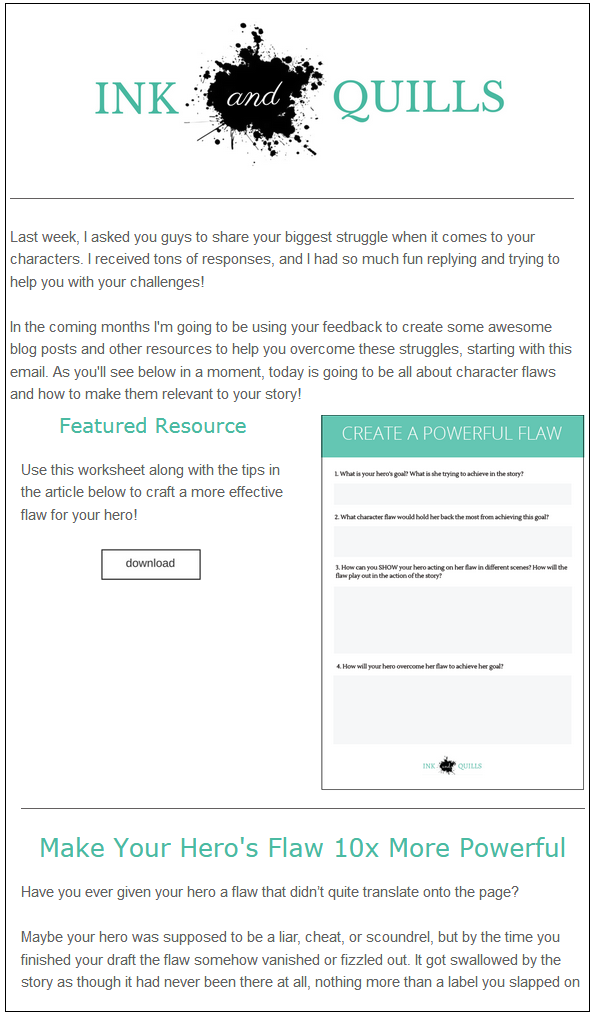
You’ve got so much great advice in this post. I have plenty of WIPs short stories that just feel like they are lacking something. And in most cases, that “something” is tension.
It’s definitely a good idea to go through any unpublished stories and find the boring parts and fix them with this stuff in mind.
So much great advice! Conflict, conflict, conflict! I’m a picky reader and I get bored when there’s no problem, no tension, no conflict in sight for pages and pages! Great tips, Kaitlin!
I can’t stress how important this article is!
Just this week I was reading historical romance with very little tension or drive…I put it down.
I personally have no difficulty with this…I seem to be very drawn to tension amongst my heroes. My issue is sometimes forgetting to resolve tension or having tension and conflict running unrealistically deep for the situation.
Either way, tension is definitely something to remember and employ in all kinds of fiction writing!
Thanks for the great article!